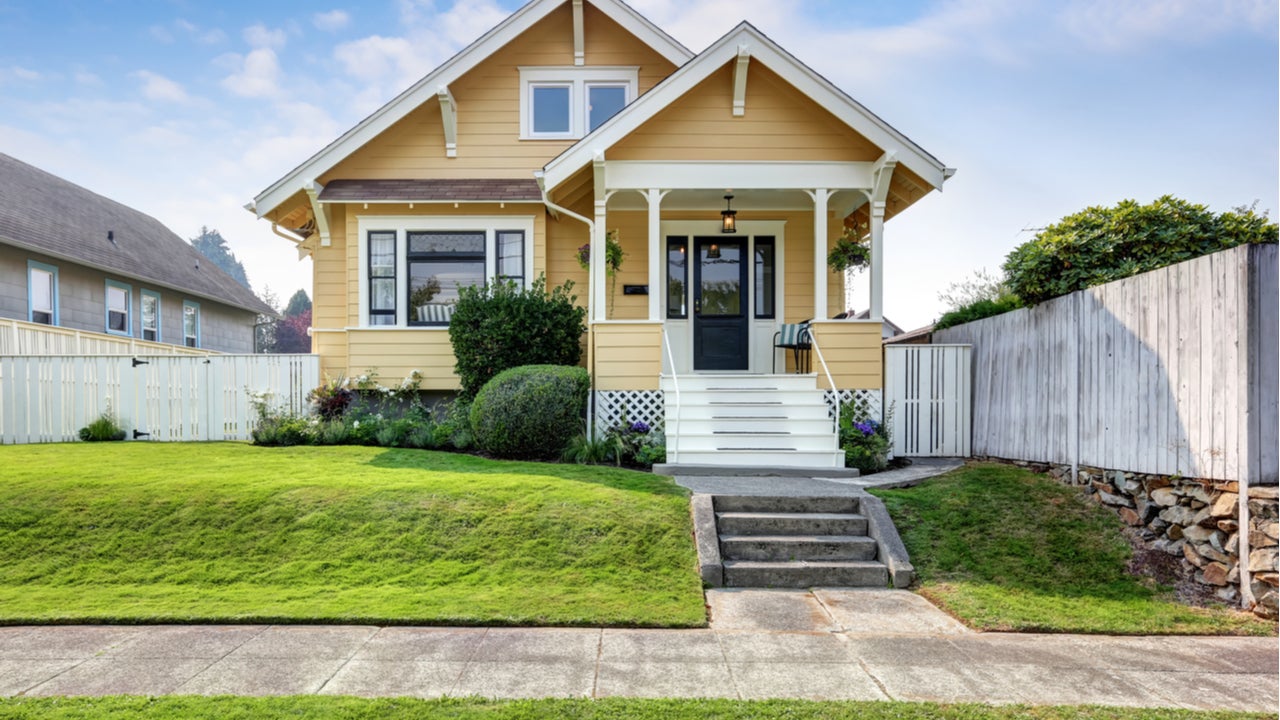What is the NMLS?

A home purchase is typically the largest transaction you’ll ever be part of. Choosing the right loan for your situation can save you thousands of dollars. However, working with a lender that assures you a home is affordable when it isn’t can lead to years of stress, financial problems and foreclosure — as millions of Americans discovered during the subprime mortgage crisis in 2006-07.
To address such predatory lending practices, which ran rampant in the early 2000s and helped sparked the crisis, the Nationwide Mortgage Licensing System (NMLS) was created in 2008. The NMLS created standardized training requirements and a system that allows borrowers to look up a loan officer by their number or name and verify their license and regulatory actions against them, among other things.
What is the NMLS?
The NMLS is a standardized licensing and tracking system of lenders and lending officials, combining both state- and federal-level registration. The system allows consumers to look up the lender they’re working with by their number and easily verify their license, employment history and (any) previous violations.
It’s “a great benefit for consumers as it increases lenders’ transparency,” says Jennifer Beeston, senior vice-president of Mortgage Lending at Guaranteed Rate Mortgage, a lending platform.
To be licensed, federal regs require mortgage loan originators (MLOs) to complete 20 hours of training, and to pass a national exam, an FBI background check, and a review of their credit report. To maintain their license, MLOs must complete eight hours of continuing education every year.
Each state has its own additional requirements that vary based on the individual’s exact role in the lending process. For example, in addition to the national requirements, Illinois requires MLO license applicants to answer questions about their delinquency on child support orders and state income taxes.
Brief history of the NMLS
The NMLS was created by the Conference of State Bank Supervisors (CSBS), in cooperation with the American Association of Residential Mortgage Regulators, under the aegis of the Secure and Fair Enforcement for Mortgage Licensing Act of 2008 (SAFE Act). The purpose of the act was to:
- Aggregate and improve the flow of information to and between regulators
- Provide increased accountability and tracking of MLOs
- Enhance consumer protections
- Support anti-fraud measures
- Provide consumers with easily accessible free information about the employment history of and disciplinary actions against MLOs
The SAFE Act mandates a nationwide licensing and registration system for residential mortgage loan originators. The NMLS is that system, the source of the “easily accessible free information.”
How does the NMLS work?
When a MLO receives their license, their information is placed into the NMLS database. The NMLS maintains the following information for each individual:
- NMLS number
- Phone number
- Other names used
- Regulatory actions
- Employment history
- Office locations
- Active state licenses
This database allows you to verify that your lender is who they say they are and is qualified to help you.
How does the NMLS benefit homebuyers?
The NMLS benefits homebuyers by allowing them to verify the person they’re working with is accredited to advise them on their mortgage options. Homebuyers can easily look up if the person they’re working with is licensed in their state and if they’ve violated any regulations in the past.
In the pre-NMLS days, MLOs weren’t always thoroughly trained or vetted. Unscrupulous lenders could push people into mortgages they could not afford and/or didn’t understand (especially the more complex features like balloon payments). If the borrower ran into trouble and defaulted on their loan, losing their home, MLOs experienced few consequences.
NMLS itself does not grant licenses — it’s simply a record of license-holders — and of course, it isn’t a guarantee of an MLO’s scrupulousness. Still, it does give homeowners a way to verify that their lender is certified, has been trained and educated on regulations, and has a clean record.
How to use the NMLS
To use the NMLS you’ll need your mortgage loan officer’s name, company or NMLS number — which they are required by law to provide. “It is a red flag if the lender is not showing their NMLS,” says Beeston.
Once you have their NMLS number you can look them up through the NMLS consumer access portal. Be sure to verify that the name they’re using is the name on their license number or appears under the “other names” section. The company you’re working with should also match their employment history and office locations. Check to see that they’re licensed in your state.
If you’d like to file a consumer complaint against them you’ll pick your state and click through the option to “submit to regulator.” Be sure to include as many relevant details as possible in your complaint.
FAQs
Why we ask for feedback Your feedback helps us improve our content and services. It takes less than a minute to complete.
Your responses are anonymous and will only be used for improving our website.






